We’re fast approaching the two-year anniversary since Georges Kern unexpectedly left a senior role at Richemont to become the CEO of Breitling. He joined a once great company at risk of getting stuck in the last century. Bloated collections, a narrowly defined target audience and a failure to keep up with modern trends in consumer behaviour had all contributed to Breitling’s declining popularity. At its core though, Breitling remained (and still remains) a fundamentally strong company. It had all the right attributes, it just needed someone to repackage them for the 21st-century and beyond. And that someone is Georges Kern. Now, two years on, the outlooks is looking brighter at Breitling.
Most people in the luxury watch industry are no doubt already familiar with the name Georges Kern. A veteran of the Richemont Group, he spent almost two decades honing his skills at the Swiss luxury goods conglomerate. He joined in 2000, following a successful stint at TAG Heuer overseeing the German and Austrian markets. Evidently he made a very good early impression because two-years later he was tapped-up to run IWC Schaffhausen.
Just 36 at the time, this prestigious appointment made him the youngest CEO within the Richemont Group.
To outsiders this probably seemed like a risky move. Mr Kern was young and relatively unproven as an executive at Richemont. But he was also a man with a vision and the drive to match. Over the next decade and half, he transformed IWC Schaffhausen from a niche manufacturer with a very narrow focus to a global brand with universal appeal.
Under his tenure, sales grew from around $40 million to just under $800 million and it is today one of Richemont’s best performing brands. Given his success, and obvious love for the brand, many thought Mr Kern would remain at its helm until his retirement. But Richemont Group Chairman, Johann Rupert, had a different idea in mind.
At the end of 2016, the Richemont Group – along with the watch industry as whole – found itself in an uncomfortable position. Sales were down, unsold stock was piling up at retail partners and the general outlook was less than rosy. Swift and decisive action was required. In quick succession, Richemont Group announced that it would be abolishing the traditional CEO role, as well as making sweeping changes to its board and executive management team. As part of this process, Mr Kern was put in interim charge of the Watchmaking division in November of that same year. A few months later, he was officially named chief of watchmaking, digital and marketing, a role that would see him have direct oversight of the group’s watch houses, including; A. Lange & Sohne, IWC, Jaeger-LeCoultre, Panerai, Piaget and Vacheron Constantin. He was also expected to drive the group’s digital strategy.
Four months after accepting the job, however, Mr Kern announced his resignation, an unexpected move that shocked the market. A week later, the reason why became clear.
Around the same time, Breitling, one of the last of the large family-owned watchmaking dynasties was having one of its best years in recent memory. Annual sales were close to CHF 400 million, up from CHF 370 million in 2014 and 2015. But, the Schneider family, who had owned the brand since 1979, recognised that to take it to the next level, further investment and expertise was required. And so, in 2017, 80% of the business was sold to London-based private equity group, CVC Capital Partners.
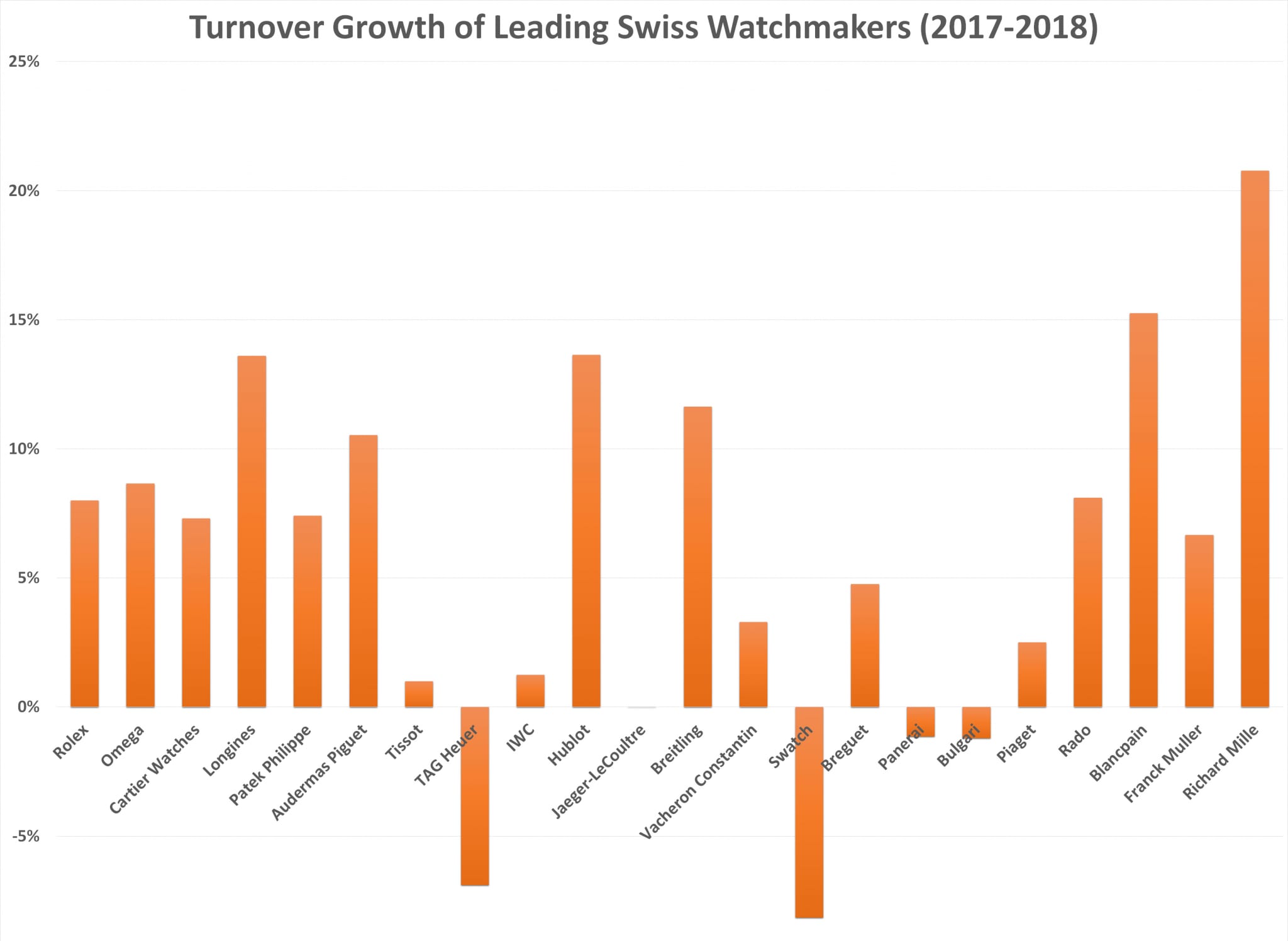
It was a strategic move, designed to give one of Switzerland’s last independent watch manufacturers some much-needed firepower in an industry that was (and is) coalescing around a smaller and smaller pool of large brands. Commenting on the acquisition, Daniel Pindur, senior managing director at CVC said, “We see significant growth potential for Breitling in both existing and new geographies by driving the digitisation of the marketing and distribution channels in the company, helping to enrich the product and customer experience.”
And, as it turns out, they had one person in mind for the top job.
When Mr Kern arrived at Breitling, he discovered a company with a very broad range of products, targeted at a very narrow market. The Schneider family had focused production primarily on pilot’s chronographs, leading to multiple variations on a similar theme. Over the years the various product lines became increasingly convoluted and unwieldly, leading Mr Kern to famously describe it as “visual pollution.”
“The brand was much too complicated,” he said at the time. “So many rubber straps at Breitling, it was confusing. You’re knocked out by the visual complexity. Too much choice is no choice at all.”
As such, his first order of business was to purge the collections, slimming down the lines and references. Next, he reorganised them into what he called pillars. These are the foundations on which the Breitling brand is built. They are: air, land, and sea. A fourth pillar, elegance, was introduced last year.
Using those pillars as a guide, he distilled the once-sprawling range into four distinct collections: the Navitimer for pilot’s watches, the Superocean for dive watches, the Chronomat for rugged everyday wear, and the recently announced Premiere collection for more formal occasions.
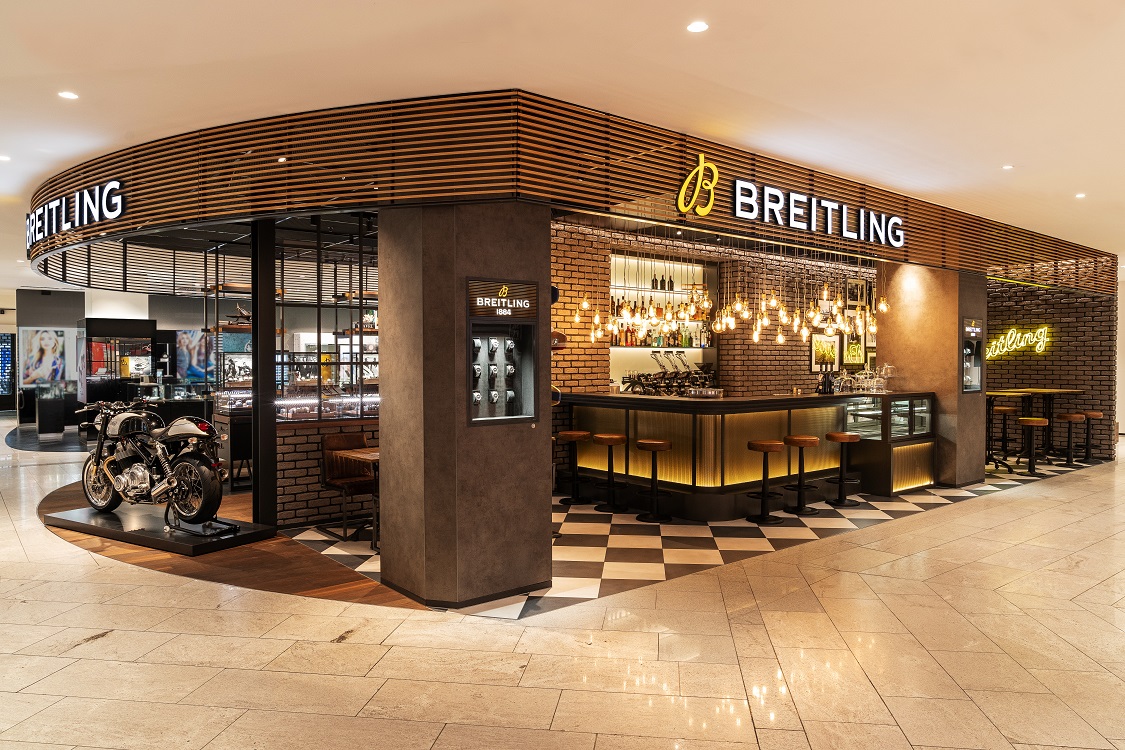
Refining the collections is only one part of Mr Kern’s remit at Breitling, however. The bigger picture is to open the brand up to a much wider audience, particularly in Asia, and deliver a seamless omnichannel buying experience.
Having the right product offering is critical to the success of this masterplan, but so too is the right image and communication strategy. With this in mind, Mr Kern has rolled out a number of initiatives, ranging from contemporary, loft-style showrooms, to a subtly redesigned logo, to a new global road-show style concept for launching products called the Breitling Summit.
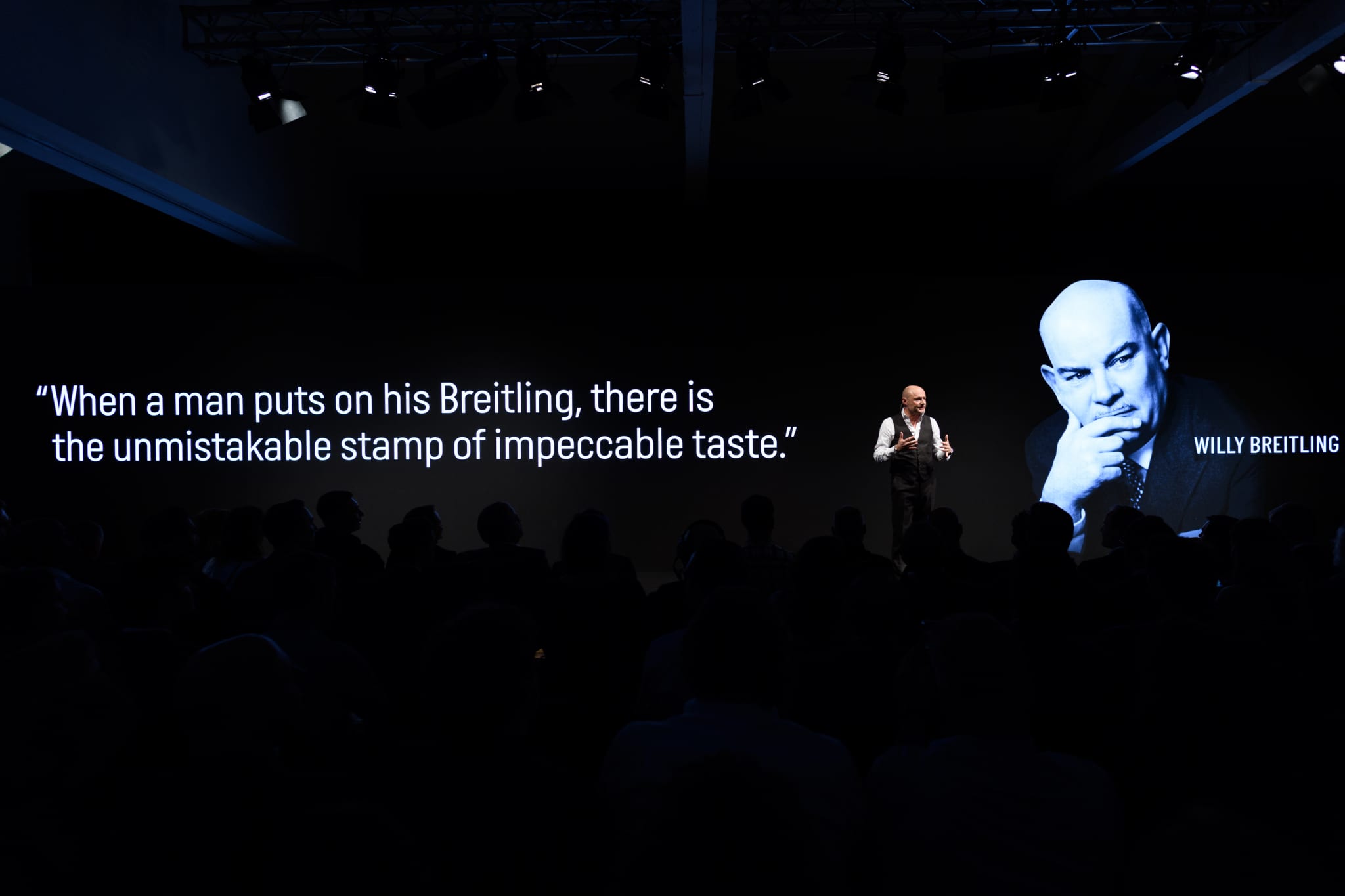
This last one has already proven such a successful way for launching new products that [bctt tweet=”Breitling has announced it will not be exhibiting at Baselworld in 2020. Although Mr Kern is quick to praise the efforts made by Baselworld’s management under Michel Loris-Melikof to keep the show relevant.” username=”watchpro”]
Mr Kern has also introduced a new Squad concept. Rather than individual brand ambassadors, his ‘squads’ are comprised of groups of three or more stars. The members of each group – covering genres from cinema to surfing – are all at the top of their respective fields. Bringing them together also serves to further broaden their collective appeal, a key goal for a brand looking to expand its target audience. It’s also a way to stand out in a crowded market.
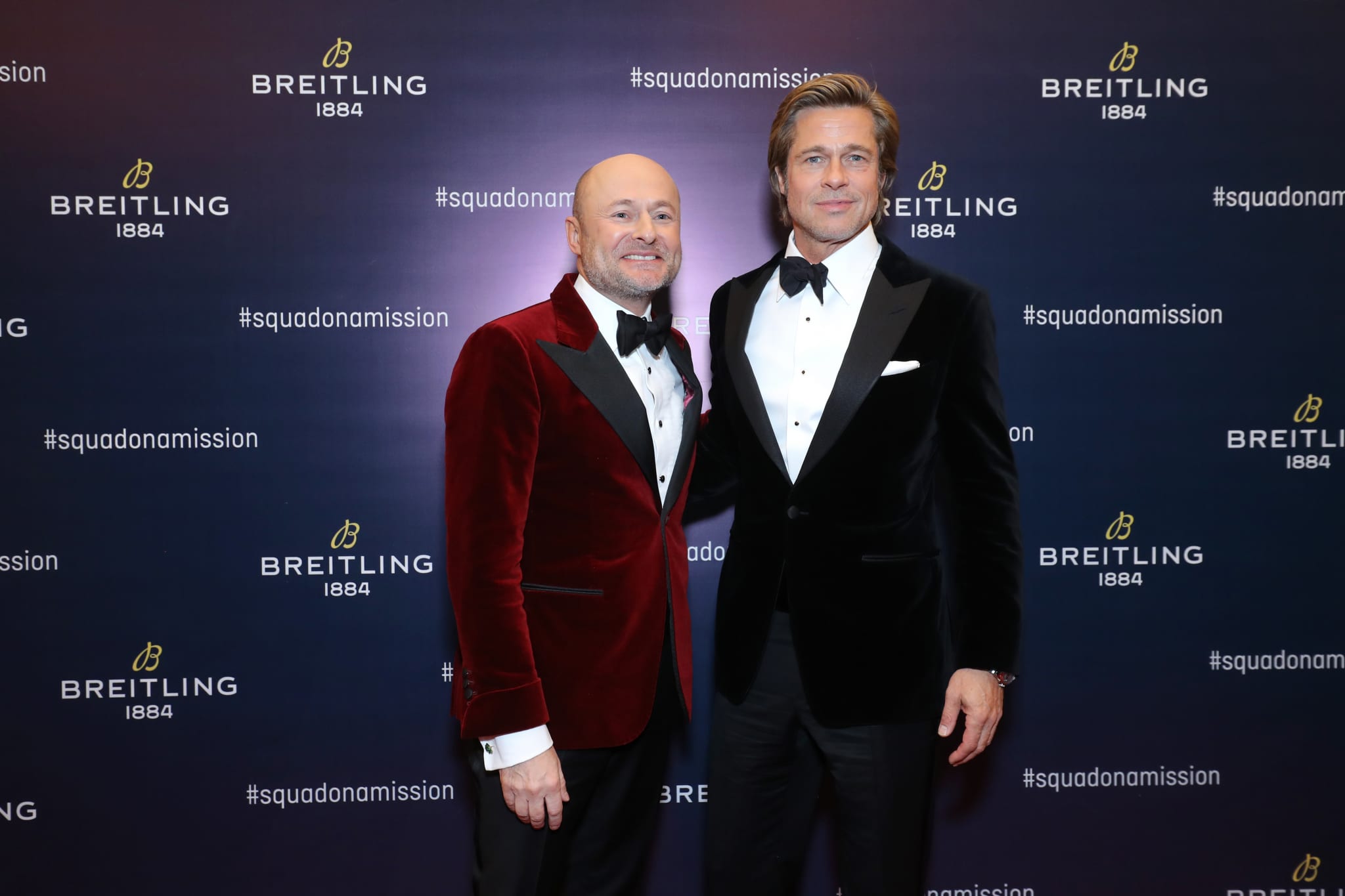
“I believe in teams. I don’t believe in individuals, especially in advertising, because everybody is doing individuals and nobody knows anymore which celebrity belongs to which brand. Having a team will make us different and will give us flexibility” Mr Kern explains.
Alongside the Squads, Breitling has unveiled several high-profile partnerships with the likes of Norton Motorcycles, Outerknown and the World Surf League. Some of these, such as Ocean Conservancy, speak to Mr Kern’s philanthropic side, something that was omnipresent at IWC. All, however, share the same goal of getting the Breitling name in front of the eyes of more consumers to raise awareness and help change their perception of the brand.
All of the initiatives being introduced by Mr Kern are underpinned by a ‘digital-first’ mentality. It’s no secret that luxury watch brands – and luxury brands in general, for that matter – have sometimes been slow to adapt to changing consumer preferences. This is most pronounced by the reluctance to embrace ecommerce, which is still the case for many brands. Mr Kern is determined that Breitling will not be one of them.
“The purchase process might take months for a watch like Breitling,” Mr Kern said at a press conference last year. “You go to the airport, you test it; you go to the boutique, you put it on your wrist. Then the purchase act takes 30 seconds. And you need to be able to offer that possibility. That consumer needs to be able to buy that watch on Sunday morning at 2 o’clock if the guy wants it.”
Breitling is not quite there yet in terms of a seamless, omnichannel experience but things definitely seem to heading in the right direction.
As a privately-owned company, Breitling doesn’t disclose annual sales figures. Consequently, it is difficult to say with any real certainty what impact Mr Kern’s changes are having. Anecdotally, however, it seems a safe bet to assume that they are having a positive effect. Breitling was one of the “buzz” brands at both the 2018 and 2019 editions of Baselworld.
In a release after last year’s show, Nasir Benaissa, chief sales director at Breitling, said: “We exceeded our commercial expectations and broke all our sales records.” Likewise, the 2019 models seemed to be everywhere on social media attracting praise from watch enthusiasts around the world.
Given the high price CVC Partners are believed to have paid for Breitling – credible estimates put it around EUR 800m – the pressure is still on Mr Kern to deliver a strong return in a relatively short period of time.
It will certainly take the persistence, experience and vision of more than just one man to push Breitling up the league table of the world’s biggest brands, but he is certainly determined to be the frontman and ringmaster of the show. Sales ticked up in 2018 for Breitling, which will be encouraging to the company’s new owner, but that will need to be sustained over many years for the brand to break into the top 10 global watchmakers.
- Author Tom Mulraney is publisher and editor of The Watch Lounge: www.thewatchlounge.com

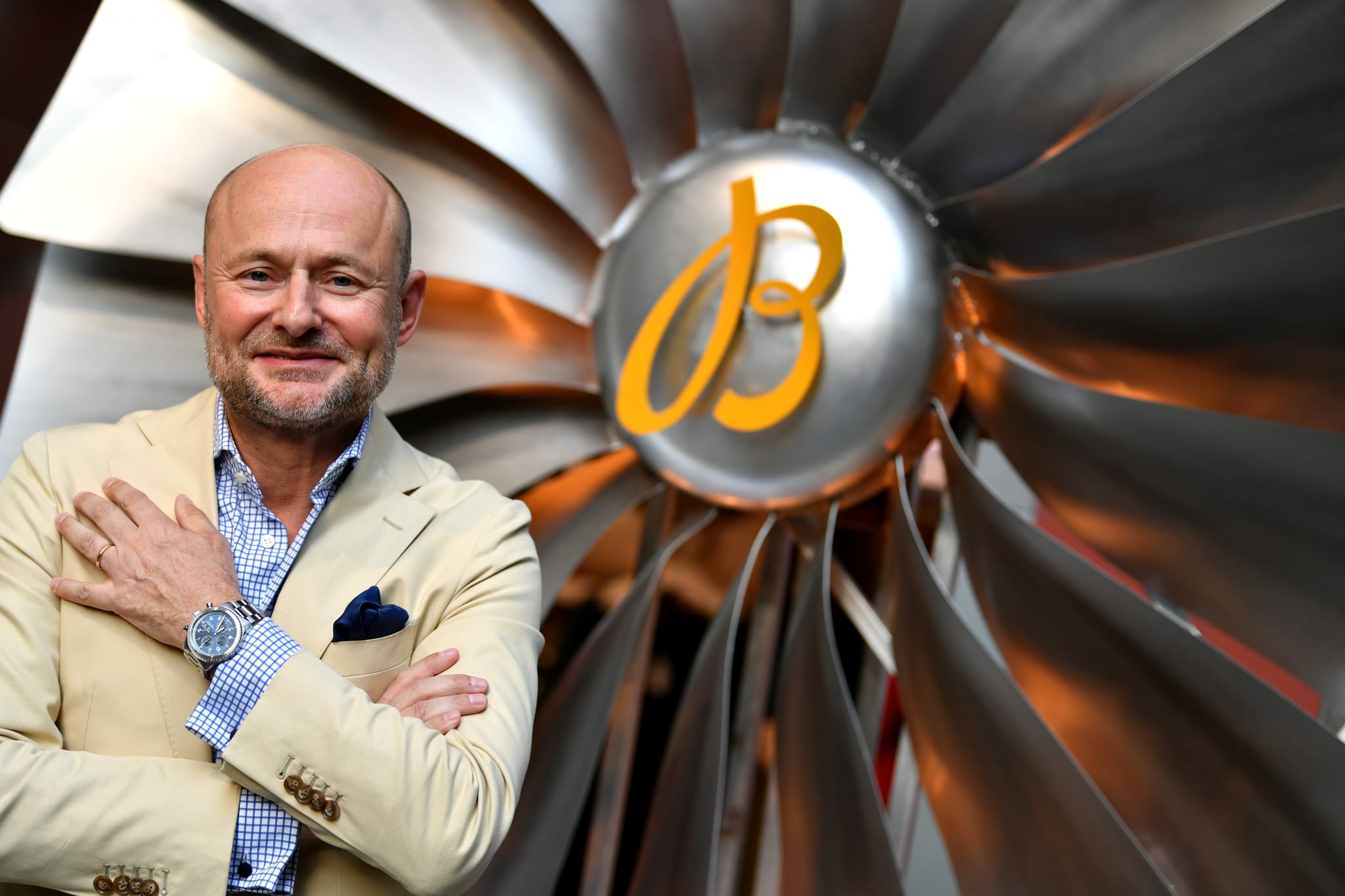
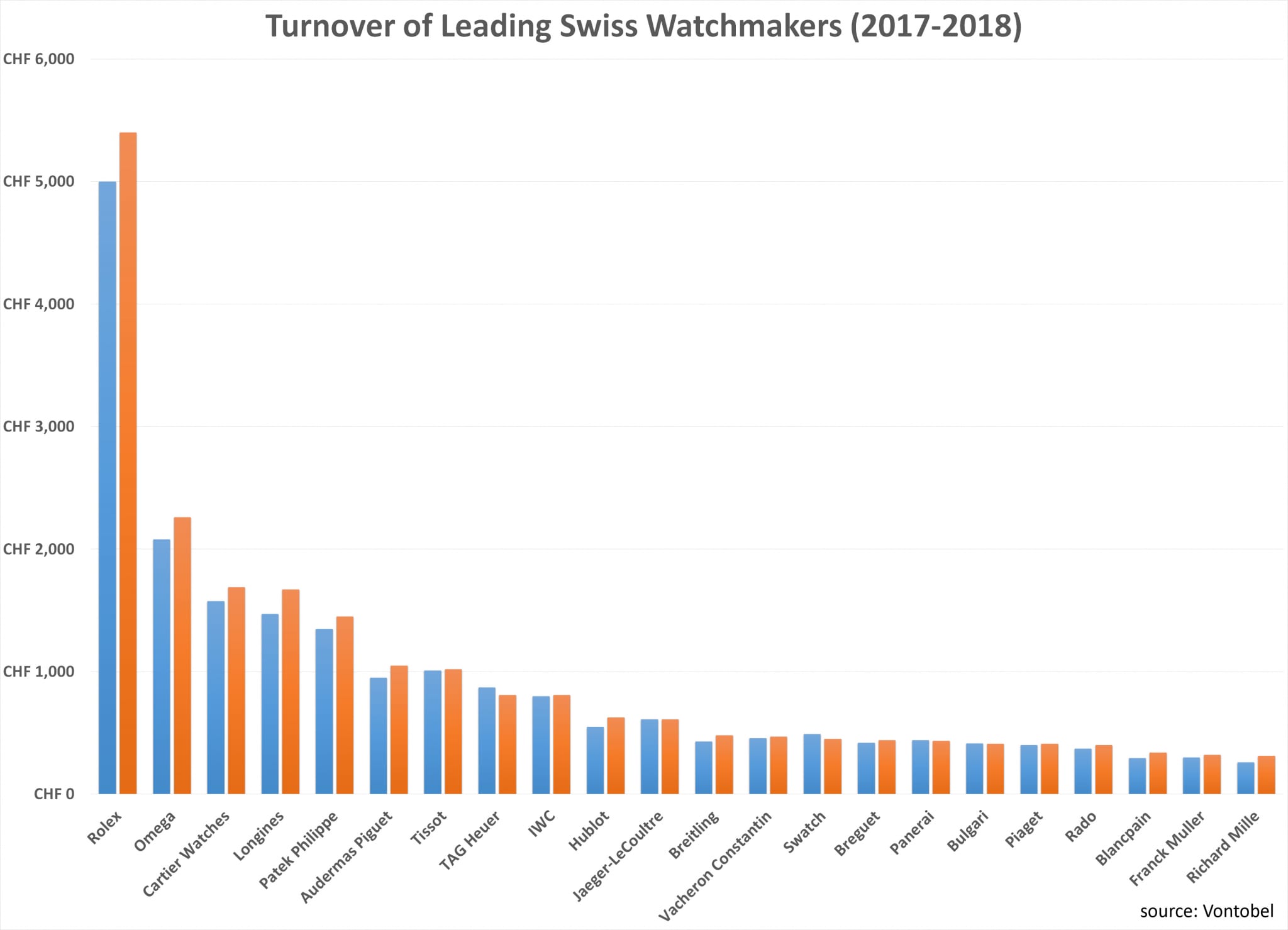
It was the Richemont cash injection and not George Kern, that gave IWC more exposure and access to overseas markets. Like many Swiss, privately owned watchmakers, IWC didn’t have funds to advertise. George Kern has in fact ruined the IWC name for high quality timing devices and superior grand complication pieces. He has done IWC exactly opposite, to what he promised to do with Breitling. Instead of concentrating on high quality and unique time pieces? In drive for higher profits, Kern has managed to bloat IWC range, by introducing cheaper pieces equipped with quartz, or ETA and Sellita movements. It worked well, until Richemont realised, that they are meant to be “luxury watchmakers & jewellers … and not run of the mill watchmakers, competing with the likes of Timex.
His start at Breitling, has shown his lack of understanding of market, that Breitling was comfortable with. Kern has decided to drop the Breitling connection with aeronautic industry and replace the Navitimer calculator scale models, with Navitimer 8 … a ludicrous looking watch, that utilised mostly Sellita and ETA movements. Whilst reducing the number of quartz models within Breitling range, is no doubt a good idea? (After all, Rolex stopped the use of quartz movements across their range in 2017). His selection of models, earmarked for the chop, is totally wrong. As is his choice of Breitling brand representatives.
Absolutely right.
Thank you, Richard, for the insightful comment.
I think, Kern just doesn’t care what the brand stood for in the last 4 decades..
He was quick to discard whole collections as “visual pollution”, yet, he produced visual boredom or sheer ugliness (Navitimer 8, as mentioned above).
The Breitling fanbase has always been divided into the Venus fraction and the 80s/90s winged B chronomat fraction (like myself, starting out with the Crosswind).
What do I care about stream-lined “Made for China” models? (Maybe even “Made in”).
I was a Breitling fan until things go wrong. My experience since CVC takeover has been bad. I wore one of the watches a few times after service….when I needed a battery 4/5 years later they would not do it for me. They wanted to $600 to change out my battery and do another service which it didnt require in my opinion. (I paid for the watch…just do the work I as you to do). I know they suggest service every 2/3 years but I wore it very little…in fact, the buff job they did for the last service is still on the watch. Wish they would focus on making great watches and great after-purchase service instead of paying Brad Pitt and putting their name on Tug Boats in Hamburg Germany and Korea. Also, if they were doing so well, why are they trying to sell a percentage of the company to Rothschild Bank of London as of September 3rd?